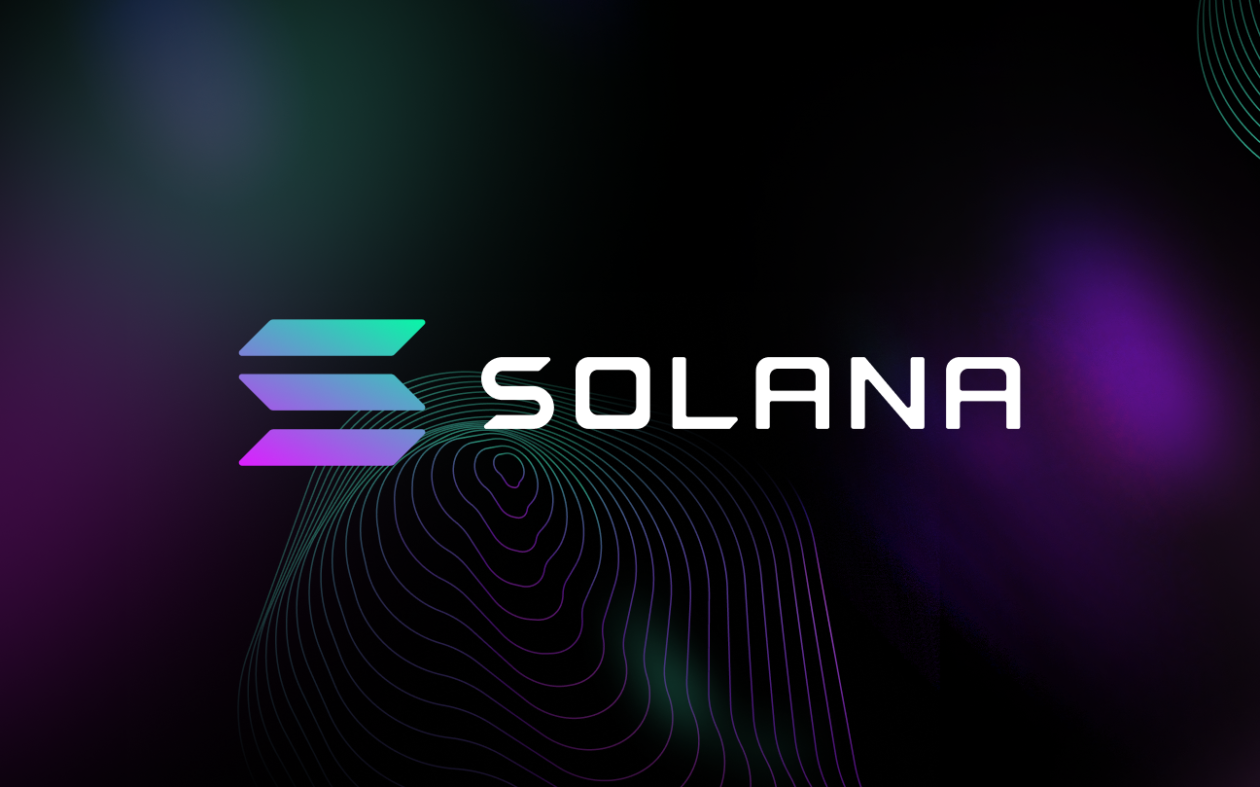Solana is leading a surge in the cryptocurrency market, with the price of its SOL token soaring 41% today to a new all-time high of $64.48. Other top performers include Ripple’s XRP and Cardano’s ADA, which have both gained more than 63% and 51%, respectively, over the past week.
Solana’s price has increased by more than 65% over the past seven days, thanks to the launch of Wormhole — a communication bridge between Solana and other top decentralized finance networks that allows existing projects, such as Terra, Ethereum and Binance Smart Chain to move tokenized assets seamlessly across blockchains to benefit from Solana’s high speed and low cost.
SOL’s price spike of more than 41% today can likely be attributed to the successful launch of a new non-fungible token project hosted on Solana’s blockchain — “The Degenerate Ape Academy NFT.” The NFT project sold out its collection of 10,000 unique ape NFTs in eight minutes during its launch over the weekend. At the time, the minting fee was six SOL tokens per ape, and the collector buying frenzy saw Solana’s trading volume exceed US$2.5 billion.
Solana’s Wormhole
As Ethereum has struggled in recent times with surging demand in the DeFi space, it has given potential rivals — known as “Ethereum killers” — such as Cardano, Polkadot, Binance Smart Chain and Solana time to make their entry into the space.
The Solana public blockchain, in particular, has been turning heads in the blockchain world due to its transaction speeds, which are around 65,000 transactions per second — making it roughly 2,000 times faster than Ethereum and 40 times faster than Visa.
Although the “Ethereum killer” moniker is catchy, experts don’t quite agree that there is room for only one smart contract platform.
“I think the term ‘Ethereum killer’ is not quite right, because I just see the entire ecosystem growing so much and it’s difficult to say that one is going to kill the other,” said Charlie Morris, a managing partner at asset management firm CMCC Global, in an interview with Forkast.News. “I think both [Ethereum and Solana] are going to grow phenomenally from here. I think we’re already seeing this, just look at Wormhole, which is a bridge between Ethereum and Solana. I’m a big believer in long-term interoperability between lots of different chains.”
Solana and Certus One created Wormhole last year — an interoperability protocol that enables communication between high-value blockchains. Last week, Wormhole 2.0 launched its mainnet, and has transformed into a fully generic cross-chain messaging protocol.
In simple terms, this means that full communication between the Solana, Terra, Ethereum and Binance Smart Chain ecosystems is now possible and enables developers to build functionality to transfer data and tokens and branch into entirely different use cases, including cross-chain governance decisions. Wormhole 2.0 can now meet the demand of the DeFi community for trustless bridges between smart-contract protocols, as many look to connect decentralized apps and smart contracts from other high-usage chains to utilize Solana’s fast transaction speeds and low gas costs.
Since the launch of Wormhole 2.0 on August 9, Solana’s price has jumped from US$37 per SOL token to US$64.48 today.
Degenerate Ape NFTs prove Solana with DeFi capability
The Degenerate Ape Academy NFT project is one of the first to be launched using Solanart — the Solana blockchain’s first NFT platform — and, needless to say, it was a huge success.
The Ape NFTs sold out in eight minutes following their launch on Saturday, and the transaction fee to use the Solana platform was minuscule, costing around US$0.01. There was also no slowdown in speed or congestion recorded on Solana. That may be a hard lesson for the Ethereum community, which has experienced a badly clogged network during popular NFT launches, causing gas fees to skyrocket so high that transactions momentarily cost hundreds of dollars worth of Ether.
The cost to mint a degenerate ape NFT at the time of launch was 6 SOL. Now, the floor price to purchase degenerate apes on Solanart has risen to 13.8 SOL, meaning that those who had been lucky enough to mint one can now double their money, just 36 hours after the launch.
Some of the apes have already sold for around 25 SOL, with an ape sporting a beer hat fetching 100 SOL this morning. Its new owner has already relisted it for 500 SOL.
What’s really noteworthy about the development and the effects on SOL’s price is that the degenerate apes are just the first major NFT development on Solana.
“There are barely any notable NFT projects, if any, on SOL, but what happens as the market begins to shift? The demand for SOL will drive prices up to new highs and looking at the chart it’s primed for price discovery,” wrote a top crypto trader who goes by the Twitter handle Pentoshi.
Morris of CMCC global agreed that Solana was poised to take over a large share of the DeFi market.
“Around 90% of all small contract developers are doing it on Ethereum, and what we’ve seen is that Solana has started to attract a lot of the DeFi crowd because what Solana offers is this incredibly high-throughput platform at a very, very low fee,” Morris said. “If you want to build an on-chain order book, you need something that is going to be processing a huge volume of transactions at a very low cost very, very quickly. And so that’s what Solana is doing. I think there’s a mixture of some existing Ethereum projects and existing blockchain ecosystem players looking at this and thinking, ‘Wow! we should try this platform out because it might be able to do what we couldn’t do with the Ethereum.’”
At the time of writing Solana’s price had fallen slightly to US$63 from its all-time high. With more projects likely to seize the opportunities of Solana’s high throughput, SOL’s price could be in for a wild ride in the weeks ahead.

